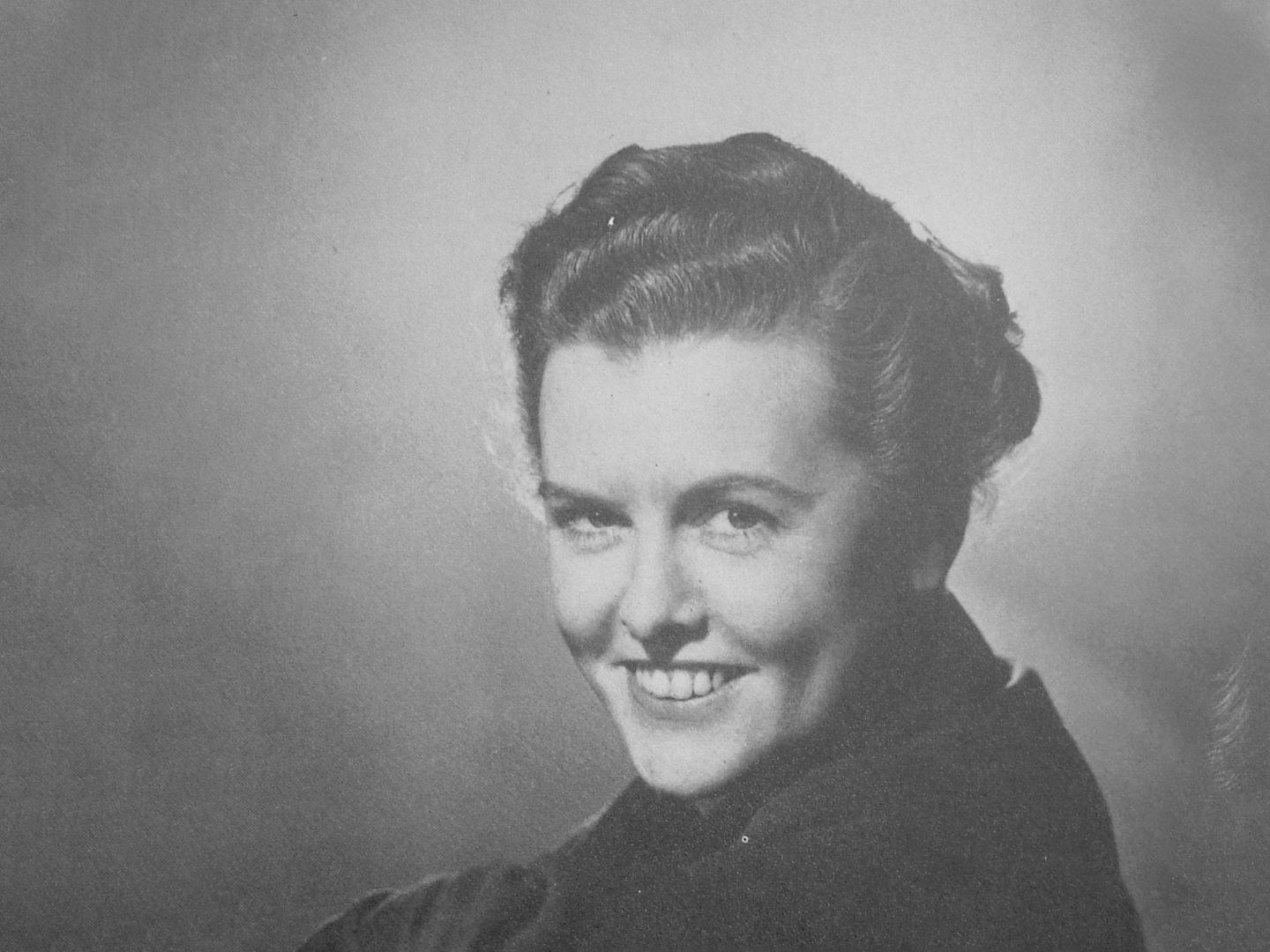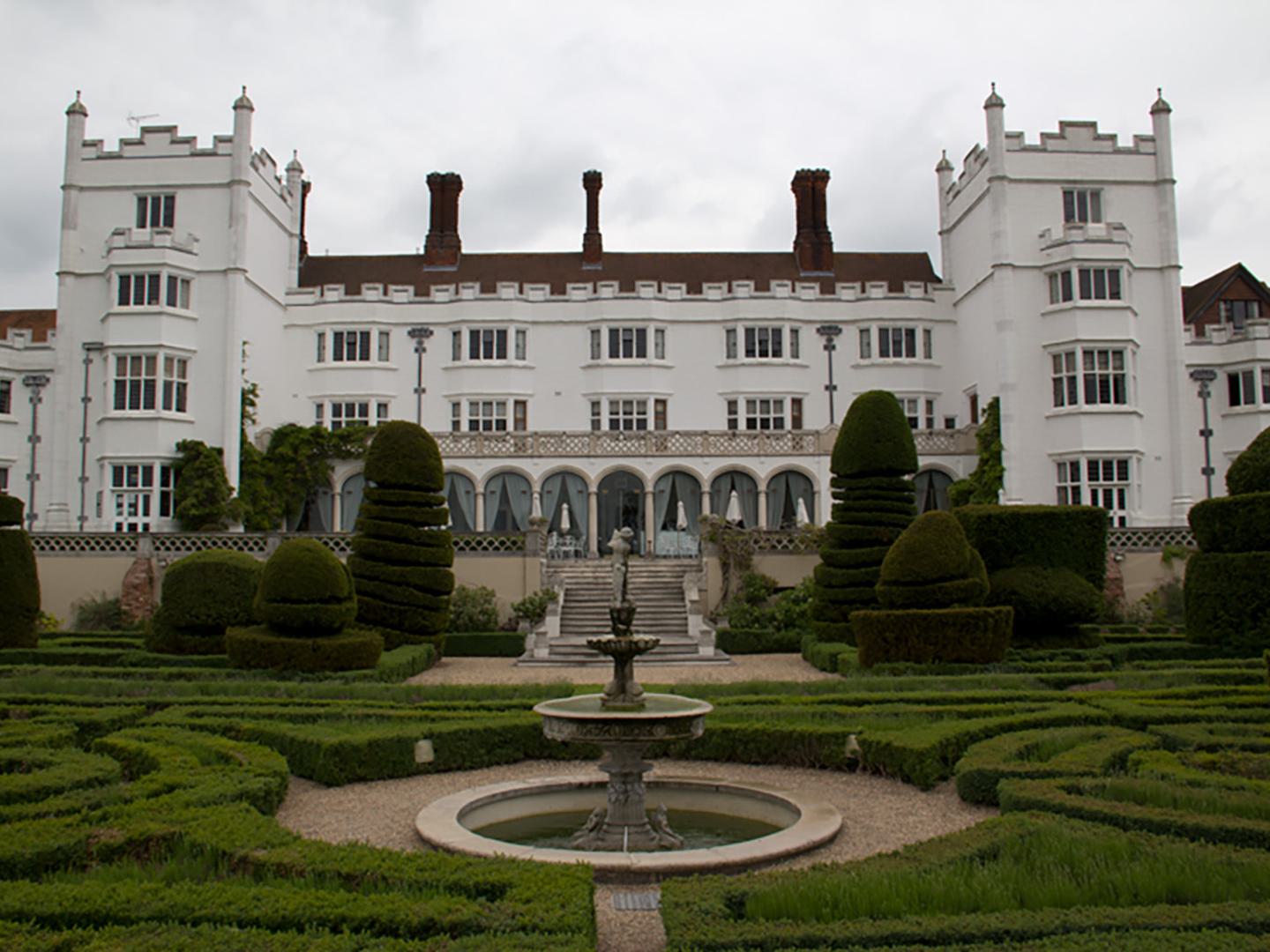The Women of Medmenham: Ursula Powys-Lybbe

Early Career
Ursula Powys-Lybbe (1910-1997) began her career as a professional photographer, first running a studio in Cairo and then as a roving society photographer in London, capturing the British aristocracy with their estates, homes, families and pets. That she shared a similarly privileged social background to many of her subjects must have been an advantage in her work.
As a photographer, Powys-Lybbe was particularly accomplished with horses, dogs and children, happy even to climb a tree with a child if it meant getting a happy and relaxed photograph. Her portraits (often photographic composites of the subject surrounded by the trappings of their leisured lifestyle) and articles appeared in publications such as Tatler and The Illustrated London News.

Danesfield House, home of RAF Medmenham during the Second World War.
War Service
At the outset of the Second World War, Powys-Lybbe served as a chauffeur in the Auxillary Fire Service. Tiring of this, she went to stay with friends in the village of Medmenham, where she read articles about how information captured in aerial photography was being used in the fight against Nazi Germany.
Coincidentally, Wing Commander Harold Hemming (previously managing director of the Aircraft Operating Company, the merger of which with the Air Ministry Photographic Interpretation Unit had created the body which would eventually become the Allied Central Interpretation Unit – ACIU), was an acquaintance of one of Powys-Lybbe’s friends. On a trip to Medmenham to scout Danesfield House as a new home for what was then called the Photographic Development Unit, Hemming went for lunch with the two women.

Ursula Powys-Lybbe; by kind permission of the Powys-Lybbe family.
At lunch, Powys-Lybbe quizzed Hemming about the possibility of working with aerial photography. On his advice, she joined the Women’s Auxiliary Airforce (WAAF), and after a period as a records clerk, trained as a Photographic Interpreter, reporting for duty at RAF Medmenham at Danesfield House on 1st April 1941.
At nearly six feet tall and with flaming red hair, Powys-Lybbe must have been a striking presence as she strode the halls and Nissen huts of Danesfield. She became head of the section responsible for third phase interpretation (longer-term, in-depth research rather than immediate reporting) of airfields, and was promoted to Flight Officer, the equivalent of an RAF Flight Lieutenant and the highest rank attainable by women at ACIU.
In the summer of 1942, Powys-Lybbe was transferred to 21st Army Group, initially based at Norfolk House, London. There she checked, revised and submitted reports on airfields and landing areas in preparation for the invasion of Normandy, Operation Overlord (keep an eye out later this year when we hope to publish a piece expanding on the role of Powys-Lybbe and photo intelligence more widely in relation to D-Day).
After the War
After the war, Powys-Lybbe moved to Australia and returned to portraiture. A brief marriage to an Australian mining engineer seems not to have even survived the crossing from Britain in 1946. Subsequently, with her partner Clare Mitchell, she explored the Australian countryside, photographing farming families and homesteaders.
However, her easy familiarity with English high society does not seem to have translated so successfully to her work in Australia, and she returned to England in the mid-1950s. Although not everything she turned her hand to was successful, she was clearly resilient. If an enterprise failed, ‘she never licked her wounds, just picked herself up and concentrated on the next one’.
Although her style of portrait photography fell out of fashion after the war, Powys-Lybbe was not forgotten by the artistic establishment. She featured in a number of books and had work included in the National Museum of Photography’s 1986 exhibition Women Photographers in Great Britain 1900-1950 alongside Julia Margaret Cameron and Vanessa Bell. Powys-Lybbe also wrote a book about her wartime experiences, The Eye of Intelligence (1983).
While Powys-Lybbe may have strenuously opposed efforts to frame her work as ‘feminist’, her significance as a successful woman photographer should not be underplayed, alongside her vital war work at RAF Medmenham.
With grateful thanks to Ursula Powys-Lybbe’s family for their personal insights and valuable contributions to this piece.
Ben Reiss, NCAP Collections Manager


